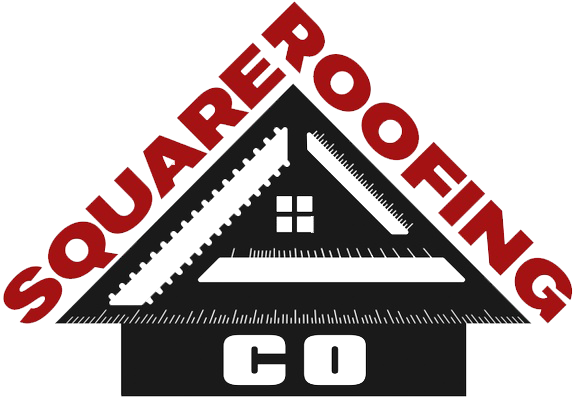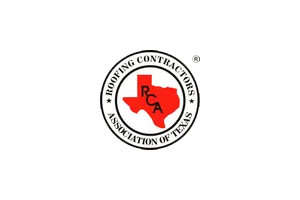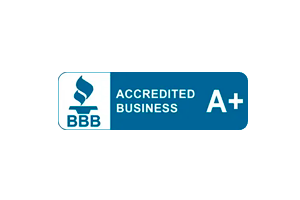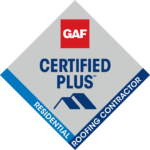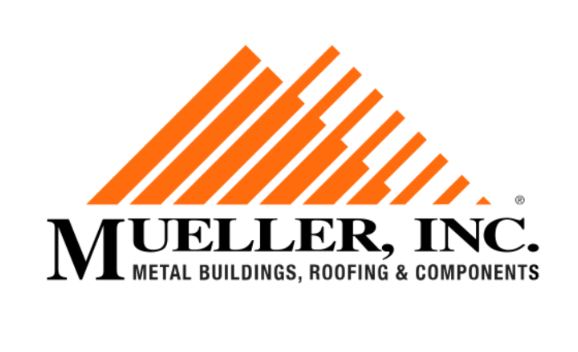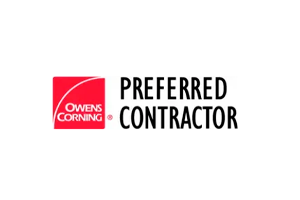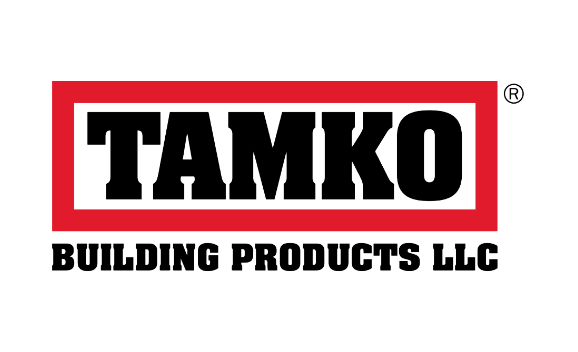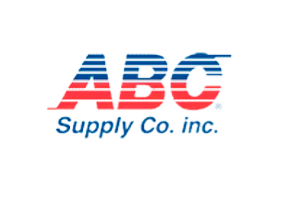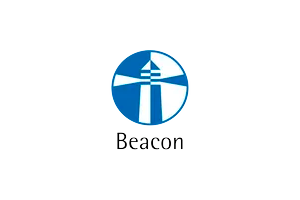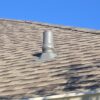THE INSURANCE CLAIM PROCESS
An easy breakdown of insurance claims
An easy breakdown
Severe weather might mean an insurance claim. Below is some info about storm damages, and also an overview of the process of an insurance claim.
Storm Damages
Wind and hail can wreak havoc on a property. Depending on the type of roof and the severity of the storm, roof damages will vary widely. Asphalt shingles are usually the most affected by severe weather. In cases such as wind damage to shingles, the damages may be obvious to a ground observer. They might see shingles that are lifted, cracked, or completely missing. With hail on asphalt shingles, only the very worst damages would be obvious to a ground observer. Hail storms don’t normally cause immediate leaks to an asphalt roof. The issue is that hail causes a reduction in the life expectancy of the roof material. Hail stones of about 1 inch or bigger can do damage to shingles. It is necessary for an inspector who’s well versed in roofing and storm damages to conduct a thorough inspection.
Hail strikes to an asphalt shingle can have two effects. First, the strike can loosen the granules or even remove them completely from their spot. The granules are adhered to an ‘asphalt embedded fiberglass-mat’. This mat is the core of the shingle. The granules are essential for protecting the core from UV wear. The second effect is that a hard enough hail strike will cause an actual fracture to the mat. As with all pliable building materials, the mat experiences daily expansion and contraction with the heat-of-day and cool-of-night. (That motion is what causes the natural wear-and-tear of the material.) With months and years of this daily stretching, the hail strikes which had ‘fractured the mat’ will show a much worse wear-and-tear than areas without strikes. Given enough time, a bad strike can degrade into a hole that actually leaks. This reduction in lifespan is the reason the insurance company owes for the damages.
Hail strikes to metal roofing usually only result in cosmetic damages. This is one of the reasons why we feel that our customers are best served by a quality metal roof system. However, it is critical when choosing insurance coverage that the owner understand the implication of a “cosmetic damage waiver” which is offered by insurance companies. It is possible to have large hail dents in a metal roof, which will not leak. The insurance company would consider this damage to be cosmetic, and would deny a roof replacement if it had a waiver in place. However, the property owner may be unhappy if they can see a dented roof from the ground.
Here are some examples of storm damages to asphalt shingles.
Wind damage to 3-Tab, Leaks present
1 hour of tennis ball hail, No immediate leaks
Grapefruit sized hail hit, No immediate leaks
20 minutes of egg sized hail, No immediate leaks
Our future blogs will fully document the short term and long term effects of hail on roofs.
The Steps of An Insurance Claim
Contacting the insurance company – Each insurance company has a Claims Department, usually available 24 hours a day.
This is where a new claim should be filed. An insurance agent can file the claim on behalf of a customer. There is only one piece of information needed in order to file a claim (aside from the basic contact info). That would be, the date that the damage occurred. At this point of the phone call the claim is made. A claim number and a Property Adjuster will be assigned. The adjuster will call the owner, usually within 24 to 48 hours, in order to set up an appointment. During this appointment the adjuster will evaluate the damaged property. It is recommended that an experienced contractor is present while the adjuster makes their evaluation.
Estimate – After the adjuster makes their evaluation, they will create an estimate for all repairs.
Some adjusters can make this estimate while at the property. More commonly, others will do this work at their office and will mail it. The estimate is created using a detailed software program. This program has ‘area’ and ‘date’ specific pricing for most types of building materials and labor requirements. The estimate will have line items to indicate exactly what is being paid for, and at what rate. A typical roof estimate will have 6 to 12 line items, depending on the nature of the roof. The estimate will always have a Summary area. This will show; the estimate grand total, the deductible applied, the depreciation withheld. Learn more about this step on the Estimates page.
Payment – The first insurance payment is made to the owner at the time the estimate is given.
This payment is NOT the full amount owed by the claim. The depreciation amount is recoverable in most cases. Any policy with Replacement Cost coverage (the most common type of homeowners insurance) will have Recoverable Depreciation. This second payment is explained further in the following paragraph. The first payment is called the ACV or Actual Cash Value. The insurance company uses a formula to determine the ACV amount. This formula is based on the age of each item to be repaired (the depreciation factor). The older the item, the lower the ACV. The following is an example. Many roofs have a 30 year life expectancy. If a 30 year roof needs replacing at year 15, then the depreciation factor would be 50%. For example purposes we’ll say that the deductible for a new roof is $1,000. We will also say that the adjusters estimate for the roof replacement is $10,000. The ACV would be; $10,000 minus $5,000 (the 50% depreciation) minus $1,000 (the deductible) equals $4,000. The second insurance payment is explained in the next section.
Invoicing – After the repairs have been made, a final invoice will be sent to the insurance company.
This is important for two reasons. First, they need to be informed that the repairs were actually made. An insurer may drop coverage on property which does not get repaired. Also, a final invoice is needed in order to have Recoverable Depreciation released. From the example above, the final invoice should be for $10,000 in order to recover the $5,000 depreciation. Once the owner receives that second payment, the balance for the roof work can be settled. This final step of the claim is often mishandled. Some owners may even get cheap repairs for being unaware that the depreciation funds would be available. Square Roofing Company is an expert at the insurance claims process.
